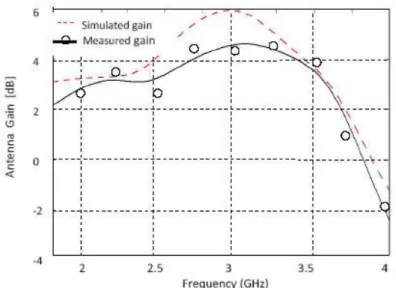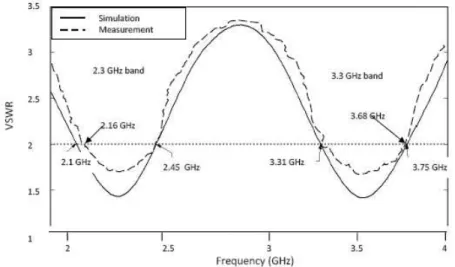A 2.3/3.3 GHz Dual Band Antenna Design for WiMax Applications
Texto
Imagem
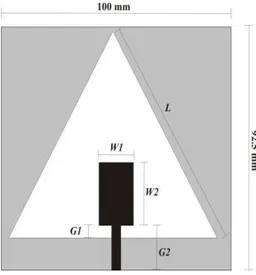
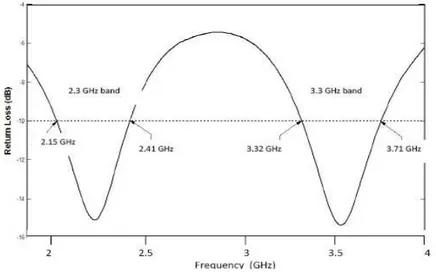
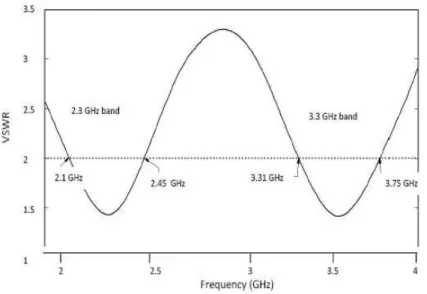
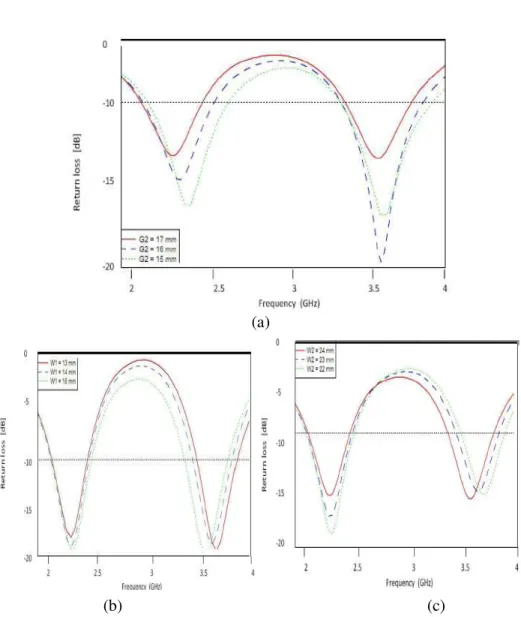
Documentos relacionados
The computer simulation results show that the antenna can realize wide band characters with each band having good impedance bandwidth (VSWR ≤ 2) for all the three
The proposed fabricated antenna with the total length of C-slot L slot confirms the measured notched.. frequency 5.5 GHz as shown
Abstract — In this article, a dual band annular ring patch antenna is theoretically investigated using the equivalent circuit concept.Two symmetrical rectangular notches
In this paper, an attempt has been made to reduce the size of microstrip antenna, with improved bandwidth, gain without any complexity in design by using inverted patch
Figure 7 shows return loss for proposed antenna and 3-D radiation pattern of hybrid coupled microstrip rectangular patch antenna is shown in Fig.. 8 and it is
The simulation result show that the square patch antenna designed can perform dual band frequencies. Using phase calculation techniques, image rejection can be achieved
From the simulation result it was found that the upper frequency band of the proposed antenna lies in the band of 5.725∼5.825 GHz regulated by IEEE 802.11a (upper band) and can be
ANN model has been developed and tested in frequency range of 1GHz to 3GHz to analyze resonant frequency and slot length in rectangular Microstrip Patch
